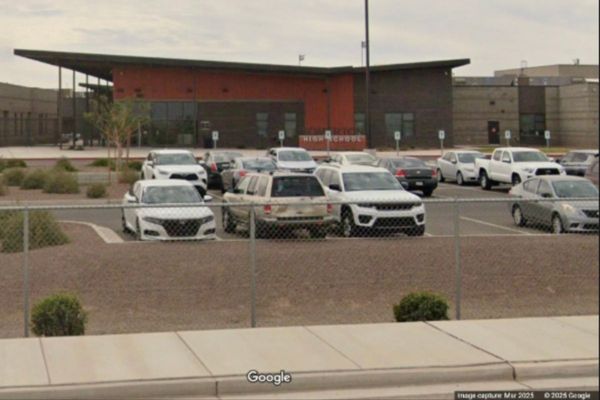ORLANDO, Fla. — NASA juggled light and dark to come up with 13 potential landing sites for the future Artemis III mission that will return humans to the lunar surface for the first time since 1972.
Key to the choices was being able to find locations that could support the duo of astronauts for 6 1/2 days on the surface with enough sunlight to provide power and thermal protection, but also give access to the dark regions of craters and mountainous terrain near the moon’s south pole that could potentially hold water ice.
Finding water ice, which could be broken down into its component oxygen and hydrogen compounds to provide life-sustaining air and potential fuel, has been the driving force behind the initial Artemis missions.
The uncrewed Artemis I rocket is at the launch pad at Kennedy Space Center awaiting a potential launch as soon as Aug. 29. Artemis II is slated to fly with astronauts in 2024, but only orbit the moon. The Artemis III flight is slated for 2025, and two of its four astronauts, including the first woman, will take a version of SpaceX’s Starship to the lunar surface.
“Several of the proposed sites within the regions are located among some of the oldest parts of the moon, and together with the permanently shadowed regions, provide the opportunity to learn about the history of the moon through previously unstudied lunar materials,” said NASA’s Artemis lunar science head Sarah Noble.
The 13 sites are each about 9.3 miles by 9.3 miles, and each site has a 328-foot radius potential landing location. The names of the 13 potential sites are Faustini Rim A, Peak Near Shackleton, Connecting Ridge, Connecting Ridge Extension, de Gerlache Rim 1, de Gerlache Rim 2, de Gerlache-Kocher Massif, Haworth, Malapert Massif, Leibnitz Beta Plateau, Nobile Rim 1, Nobile Rim 2 and Amundsen Rim.
These landing spots are far removed from the six human landing sites during the Apollo missions from 1969-1972.
“This is a new part of the moon. It’s a place that we’ve never explored,” Noble said. “All six Apollo landing sites were in the sort of central part of the near side. And now we’re going someplace completely different in different in ancient geologic terrain.”
Noble explained how water ice could survive on the moon in its dark regions.
“The poles are unique because of the lighting conditions there, and that extreme lighting conditions leads to really extreme temperatures inside some of these craters where the sun has literally not reached for billions of years,” she said. “And some of the coldest places in the solar system exists there. And those cold traps are places where we believe that water and other volatiles get trapped. It is so cold there that molecules bouncing around the moon bounce into one of these cold traps and can’t get back out again.”
Site choice will be narrowed down closer to launch date, as some will be more accessible than others depending on what time of year the rocket launches from Kennedy Space Center.
All 13 are within 6 degrees of the lunar south pole, and among them include what NASA said are diverse geologic features.
“NASA was given the challenge to land in the south polar region of the moon in order to take advantage of unique environmental conditions,” said Jacob Bleacher, chief exploration scientist for NASA. “Conditions that provide greater than average amounts of sunlight, conditions that provide us with access to volatile models that will unveil new secrets about our solar system, while potentially also yielding valuable resources that can help support the emplacement of future infrastructure.”
He said the pole involves places where the surface sees continuous light from the sun just a few miles from places that never see light.
“I think locations of greater than average amounts of light enable us to design systems that take advantage of light for energy and thermal control,” he said. “Similarly locations and permanent shadow, which are unique to the poles, provide opportunities for access to water and other volatiles that are trapped there. They don’t become stripped away by solar wind.”
The sites were chosen combining decades of observations including from NASA’s Lunar Reconnaissance Orbiter. Scientists and engineers will continue to evaluate the potential sites in the next three years before determining the best options. Determining factors include the needed for a safe landing such as terrain slope, ease of communications with Earth, lighting conditions, and the capabilities of the Orion spacecraft and Starship lander.
“Selecting these regions means we are one giant leap closer to returning humans to the moon for the first time since Apollo,” said Mark Kirasich, deputy associate administrator for the Artemis Campaign Development Division. “When we do, it will be unlike any mission that’s come before as astronauts venture into dark areas previously unexplored by humans and lay the groundwork for future long-term stays.”
———







